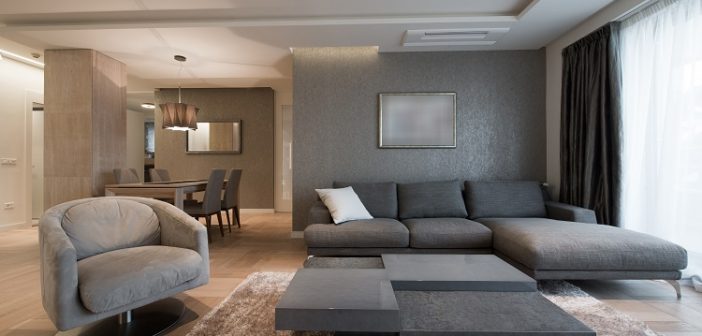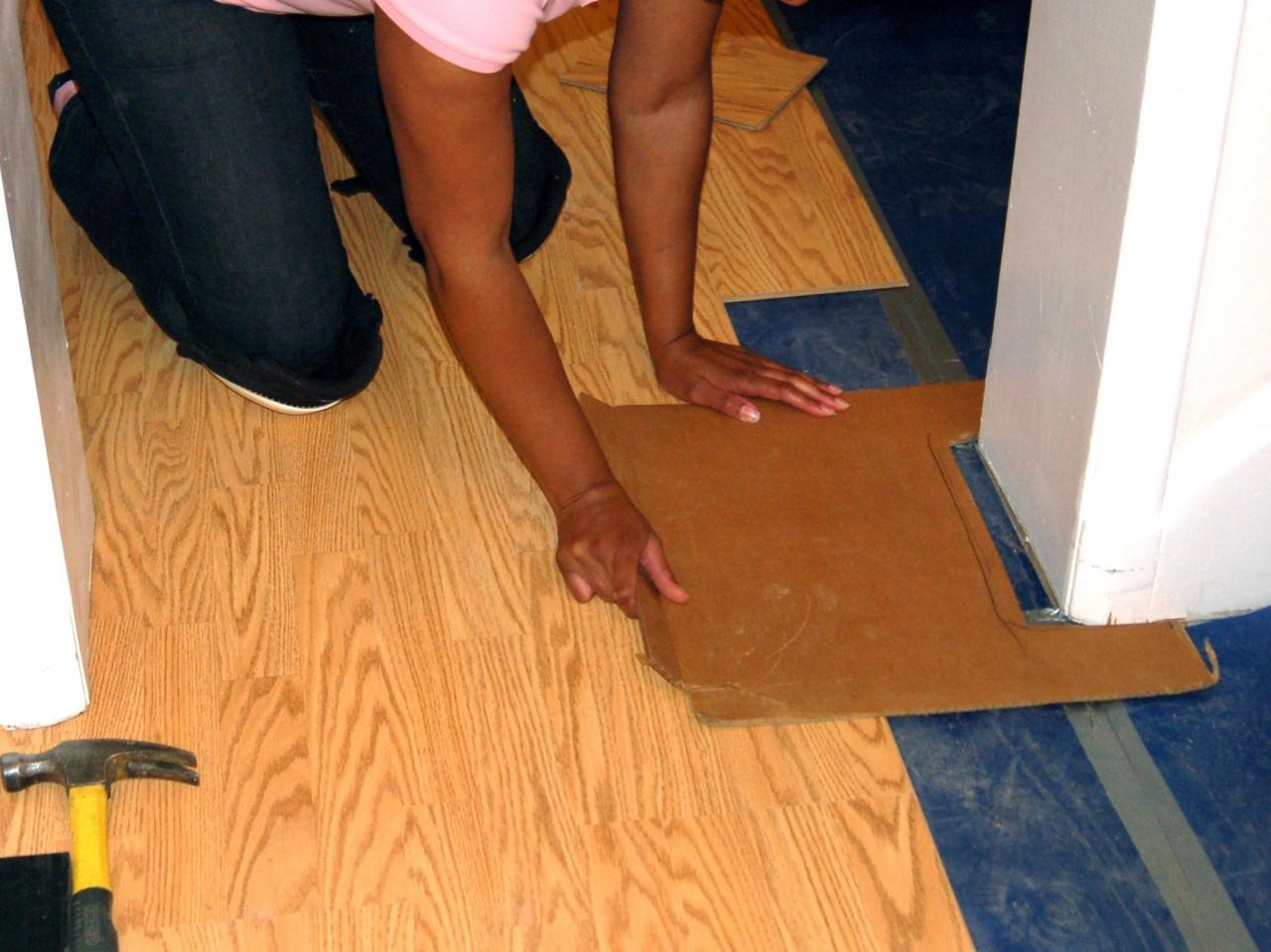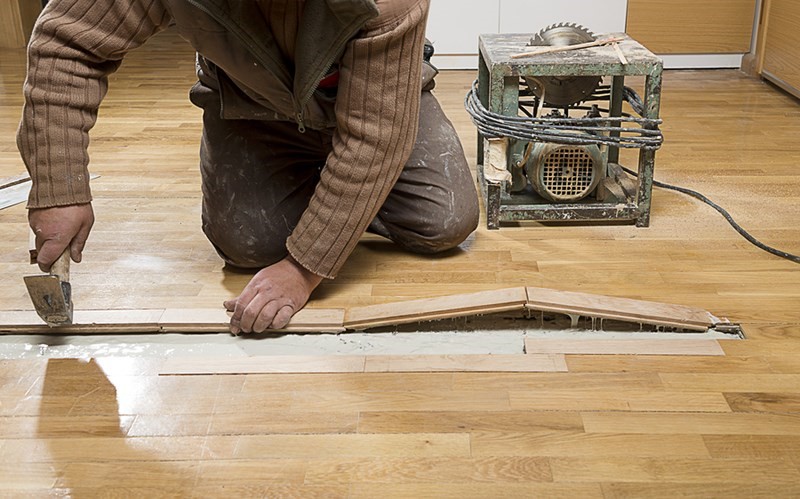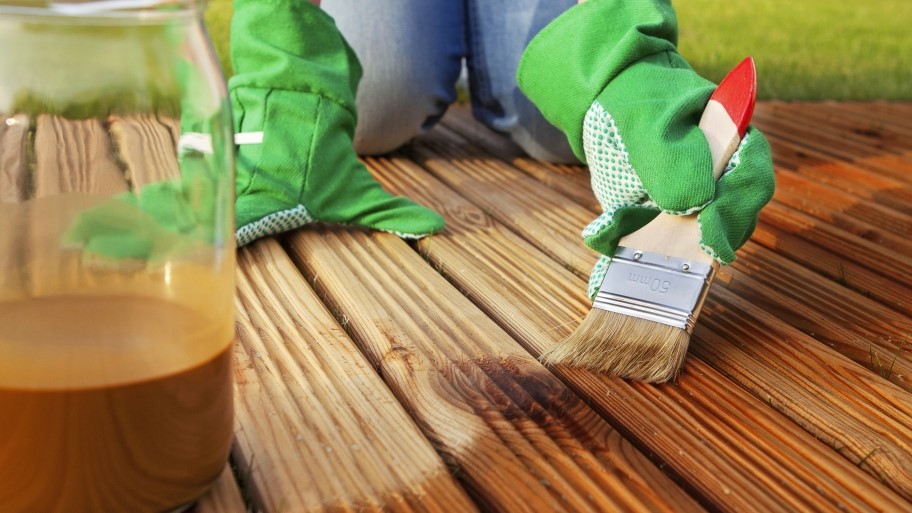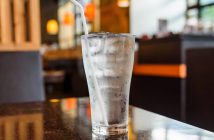Wood floorings are durable and aesthetically appealing. They have a unique way of transforming dull and boring floors into the real centers of attraction in the rooms they are installed in. But if you are shopping for these kinds of floors and you are currently considering visiting the flooring stores in Dallas for options, you should be aware of some of the common problems you are likely to face with this flooring material, and most importantly, how to deal with the problems. This is the only way to enhance the beauty and the longevity of the floors so that they can serve you for many more years to come.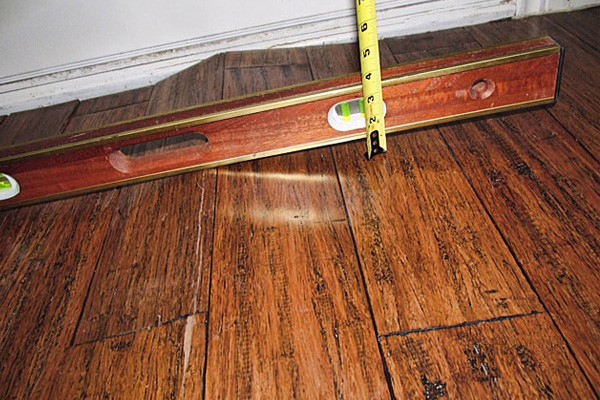
Here is a look at some of the common problems with wood flooring and what you need to do whenever you notice them-:
Abnormal Gaps
Abnormal gaps may sometimes appear in wooden flooring and due to their nature, they are normally a great aesthetic concern to most homeowners. Wooden floors are bound to move, but when they are installed correctly, the movement may not be a serious problem because the floorboards will always hold tightly to one another. The main reason for the occurrence of the abnormal gaps on floors is due to wetness in the underlying surface.
They can also appear when the floors were installed in areas with excessive dryness. The solution this is to call for professional wood floor repair services, where the flooring material in the affected area is going to be removed and replaced with new ones. It is also important to avoid spilling fluids on the floors as this is what will cause the increase in moisture which will then cause the wood to expand and form gaps.
Cupping
Cupping is another problem experienced with wood floors and one which will cause a lot of issues with the aesthetics. Cupping happens when the bottom of the wood is wetter than the top of the wood, thus forcing the edges to cut inwards. This is a phenomenon very common with floors where wide planks were used. The reason why cupping may be experienced is when the flooring is installed over a wet surface, such as over a wet basement.
One of the ways to deal with this problem is to simple mitigate it at the time of the installation. In most cases, moisture retarders are used between the flooring and the surface to reduce the moisture migration from the surface to the flooring material. But this is never a permanent solution since the moisture will finally find its way to the wood and cupping will happen. The most ideal method is to correct the moisture issues before the flooring is installed. If, however, the flooring is already installed and cupping happens, the boards may regain their original shape once the moisture issue is corrected, thus naturally correcting the cupping.
The finish peeling away
If the floor is contaminated, it will not hold the finish for a long time. When chemicals and dirt are allowed to settle on top of the floor or they get embedded into the finish, the coats may start to flake or peel off, thus giving the floor very ugly looks. When the peeling begins, therefore, it will be an indication that proper care and maintenance is not being observed on the floor, and dirt is fast accumulating on the floor. The best thing to do would be to remove the stains, sand the floor, and apply another finish, after which proper care and maintenance must be observed to avoid any buildup of dirt and stains again.
Debris in the finish
When the finish is not yet dry, it is susceptible to becoming dirty with all manner of debris which if allowed to finally dry will have a significant impact on the floor’s aesthetics. Debris such as animal hair or dust will easily find their way on the wet finish and these are likely to be magnified when the finish is finally dry. To prevent any kind of debris from affecting the finish and make the floor look ugly after installation, the room surfaces should be cleaned properly before the finishing is applied. The walls and the light fixtures should all be wiped, and the floor should also be vacuumed before the finishing is done. If the debris appears after the application of the finish, it is necessary to repair them by sanding the floor and then applying a new coat on top of the affected area.
Sanding flaws
If worn sanding pads or abrasive screens are used, the finished site may appear unsightly due to scratches. As such, the applied coats will also appear to have various imperfections which will have an impact on the overall aesthetics of the floor. To do away with the scratches, it is important for the affected section to be sanded past the affected coat before the finish is applied again. It is also important to know which kind of sanding pad to use depending on the nature of the surfaces being sanded.
Stains
When stains build up on the floor, they can be removed using an appropriate wood cleaner, and as discussed earlier, when the stains are present on the finishing, they must also be sanded out. However, a problem arises when the stains penetrate deeper into fibers of the wooden flooring. This can happen when you have pets around the house. When you are faced with such a situation, the best thing to do is to replace the floorboards that are adversely affected by the deep stains and then be careful with the care and maintenance of the boards so that they are not affected with stains again.
Fractures on the boards
Fracture and cracks are common with factory-finished floors. If a board is heavily damaged by the fractures, then replacing them with new or better ones may be necessary. But if the fracture or the crack is not very big, they can always be repaired using the manufacturer’s repair kit which usually contains a bottle of finish, a colored marker, and a wood filler.

